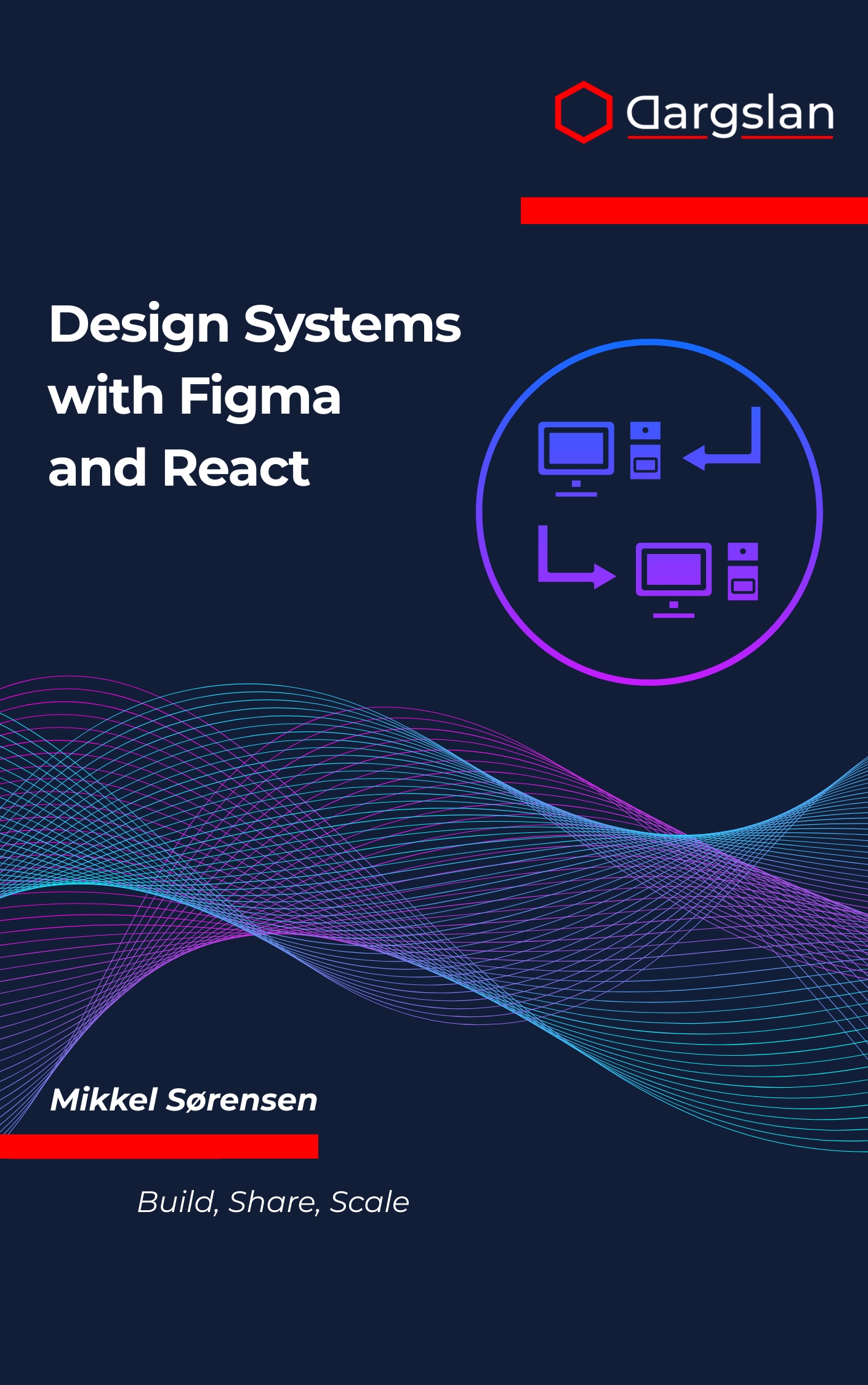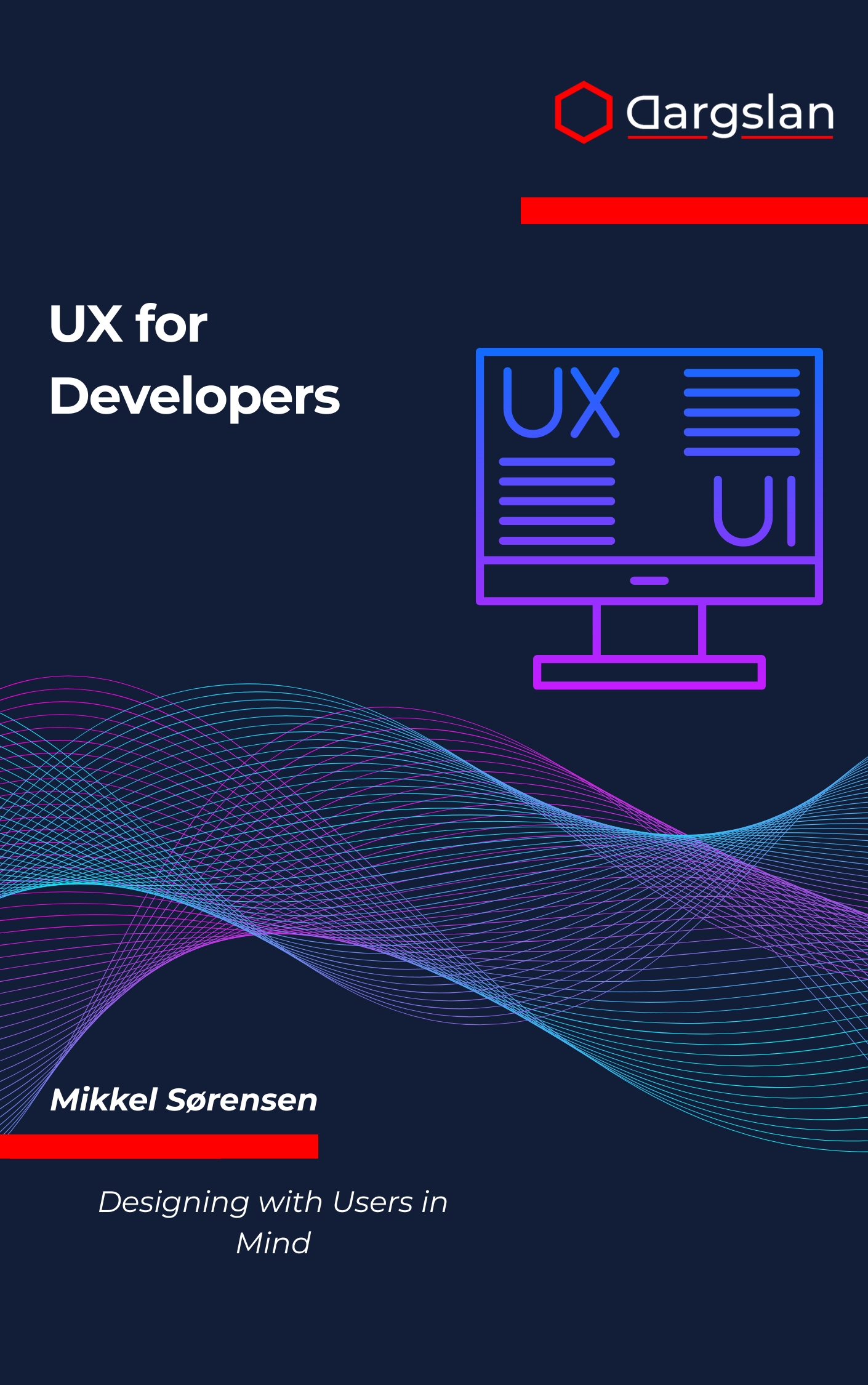Introduction to Linux Forensics
Introduction to Linux Forensics: A Practical Guide to Investigating and Analyzing Linux Systems for Digital Evidence,Investigate and analyze Linux systems for digital forensics and cyber evidence.

Linux now powers critical infrastructure, cloud platforms, and embedded devices, making modern investigations impossible without strong Linux expertise. If you work in cybersecurity or digital forensics, this guide shows you exactly how to discover, preserve, and explain evidence across real-world Linux systems. It’s practical, tool-aware, and laser-focused on workflows you can use on day one.
A Practical Guide to Investigating and Analyzing Linux Systems for Digital Evidence
Overview
Introduction to Linux Forensics is a focused, hands-on reference for examiners who need to collect, analyze, and report digital evidence from Linux hosts with confidence. As A Practical Guide to Investigating and Analyzing Linux Systems for Digital Evidence, it consolidates proven Linux forensics methodology, from evidence collection and preservation and chain of custody procedures to advanced file system analysis across ext4, XFS, and Btrfs.
You’ll learn the essentials of memory and process forensics, log analysis and audit trails, and network forensics that reveal lateral movement, exfiltration, and post-exploitation behavior. The book shows how to pinpoint user activity investigation artifacts, detect stealthy persistence, and perform malware and rootkit detection on hardened servers and containers. Every technique is mapped to practical forensic tool usage with a strong emphasis on open-source forensic tools you can trust and verify.
This IT book doubles as a field-ready programming guide and a rigorous technical book for DFIR practitioners. You’ll follow step-by-step playbooks that align with ISO/IEC 27037 compliance for handling, triage, and documentation. Equally important, the guide strengthens your report writing and documentation so findings are defensible, reproducible, and ready for legal scrutiny.
Who This Book Is For
- Cybersecurity and DFIR professionals who need a repeatable, Linux-first investigation workflow that scales from incident response to full casework.
- Students, career changers, and SOC analysts seeking clear outcomes: confidently analyze disks and memory, interpret logs, and produce evidence-backed reports.
- Law enforcement and corporate investigators ready to level up with rigorous methodology, standards-aware processes, and real-world case examples.
Key Lessons and Takeaways
- Master forensically sound acquisition, from live response to offline imaging, with precise evidence collection and preservation and airtight chain of custody procedures.
- Perform deep file system analysis and correlate it with memory and process forensics, log analysis and audit trails, and network forensics to reconstruct attacker timelines.
- Detect stealthy threats with effective malware and rootkit detection, validate results using open-source forensic tools, and deliver clear report writing and documentation aligned to ISO/IEC 27037 compliance.
Why You’ll Love This Book
Every chapter is built around real scenarios, command-line examples, and decision points you’ll face during investigations. The writing is crisp, the procedures are repeatable, and the coverage is comprehensive without being overwhelming.
Rather than skimming Linux as an afterthought, the guide teaches Linux on its own terms—file systems, permissions, processes, and logs—so you understand how artifacts are created and how to validate them. You’ll come away with a reliable playbook for cases involving servers, cloud instances, containers, and IoT.
How to Get the Most Out of It
- Start with the investigation foundations, then progress to acquisition, triage, and analysis chapters before tackling advanced topics like memory, containers, and rootkits.
- Build a lab with virtual machines or cloud instances and replicate each step using the same tools and commands demonstrated in the book.
- Complete mini-cases: image a Linux disk, recover deleted artifacts, trace a suspicious process tree from memory to logs, and write a concise, court-ready summary.
Get Your Copy
Equip yourself with a proven methodology, modern tools, and the confidence to handle any Linux investigation with precision. Your next case deserves a guide that turns complexity into clarity.




